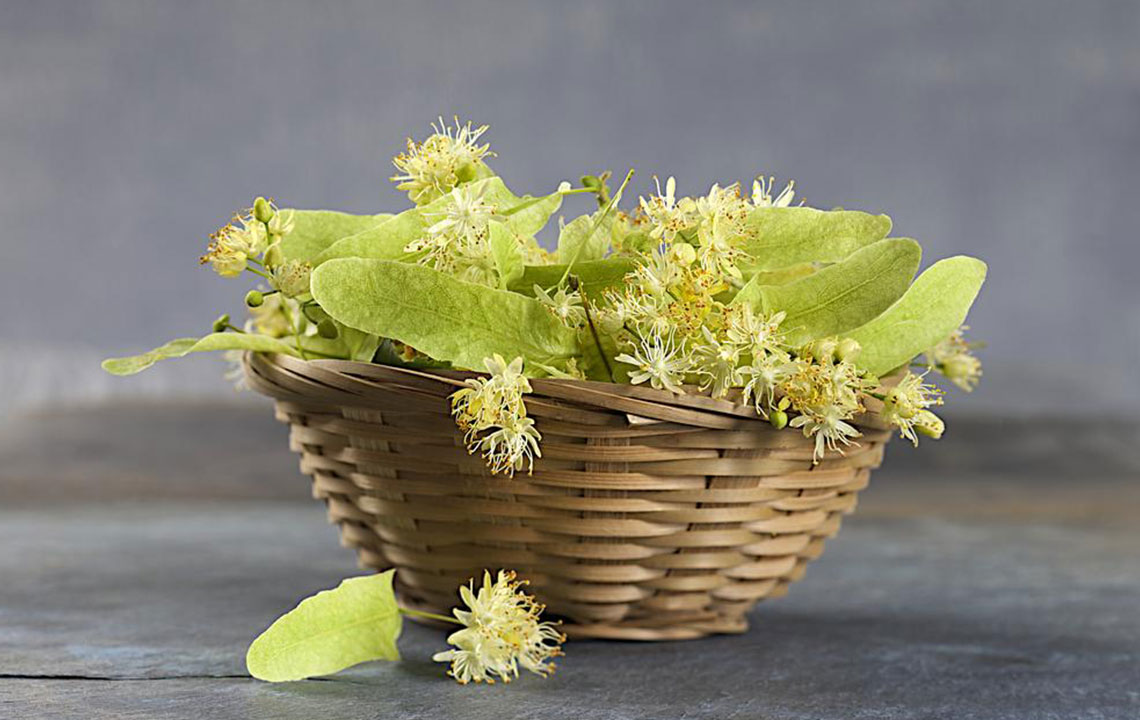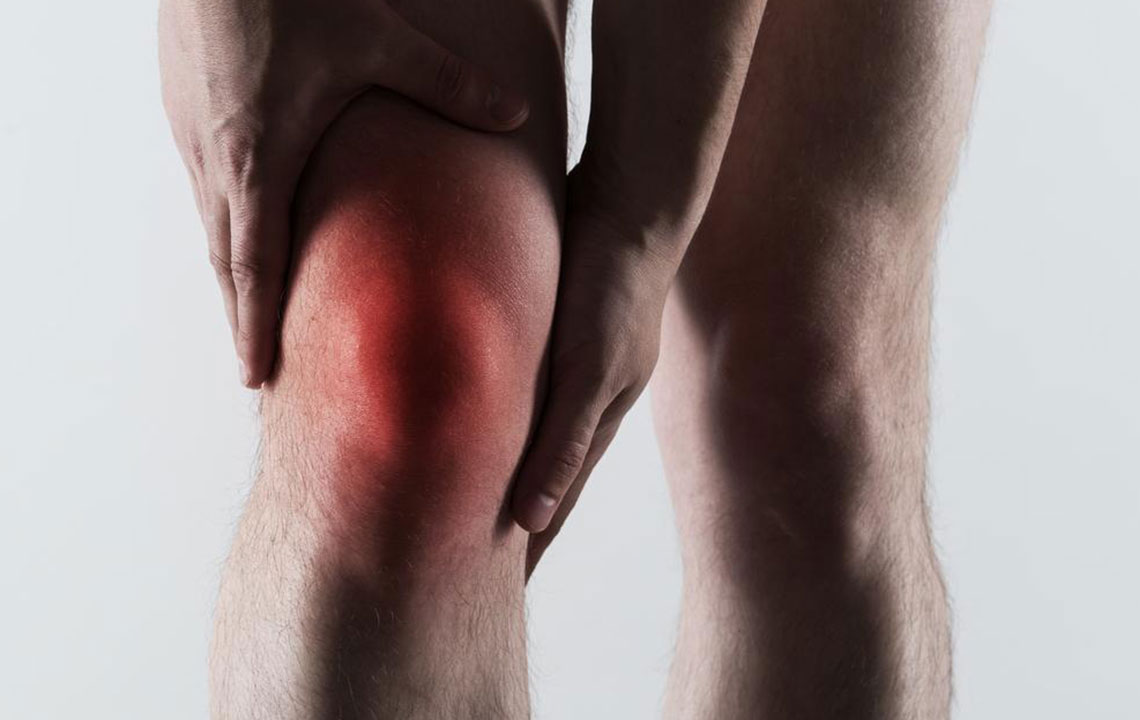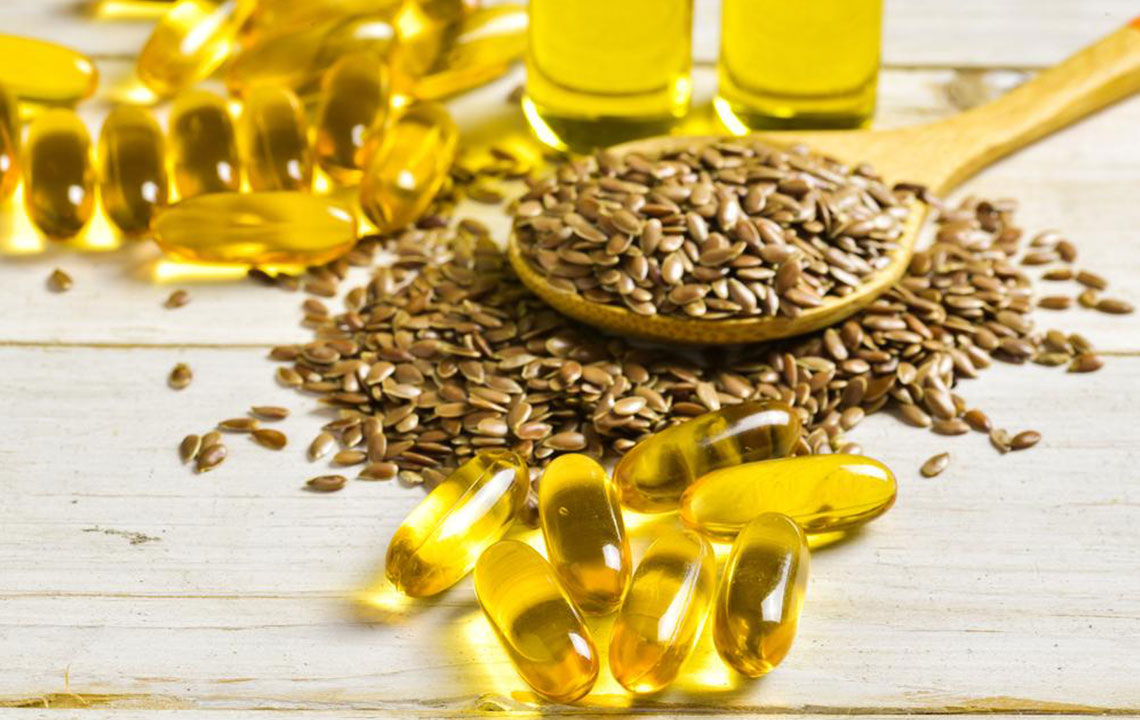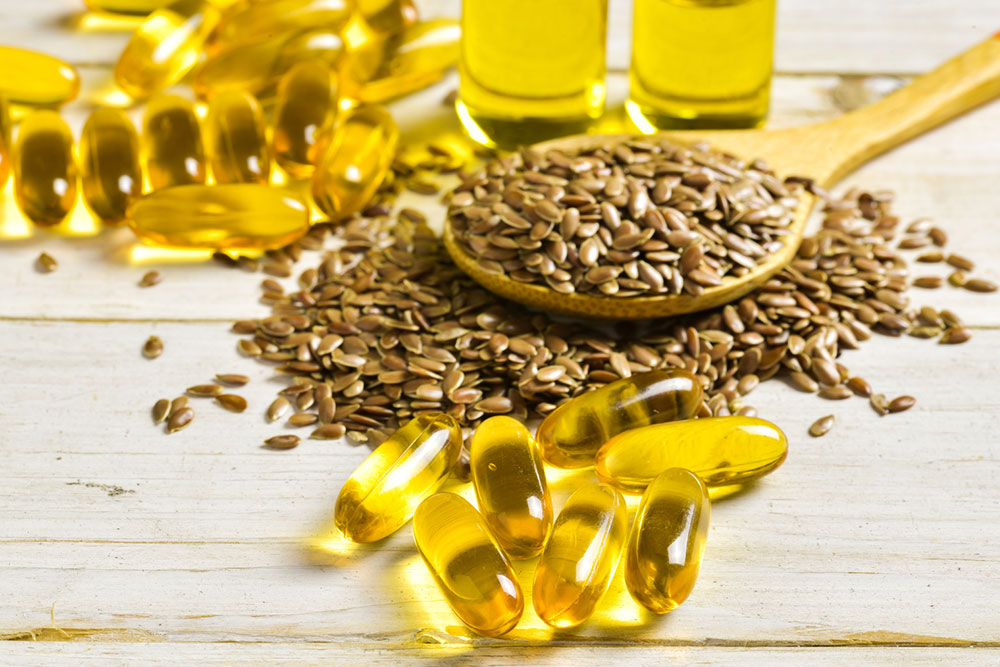Effective Natural Approaches to Easing and Managing Gout Pain
Learn comprehensive natural strategies for managing and reducing gout pain through diet, lifestyle changes, and home remedies. This guide offers practical tips to control uric acid levels, prevent attacks, and improve joint health effectively. Discover how simple steps like diet adjustments, hydration, exercise, and cold therapy can make a significant difference in your gout management plan. Empower yourself with knowledge to lead a pain-free, healthier life with these proven natural approaches.

Holistic Strategies for Reducing Gout Symptoms Naturally
Gout is a complex form of arthritis stemming from the accumulation of excess uric acid in the bloodstream. When uric acid levels become elevated, they tend to crystallize and deposit in joints, especially in the toes, ankles, knees, and wrists. This crystalline buildup triggers intense bouts of pain, swelling, redness, and tenderness, often catching sufferers off guard. Understanding the progression of gout—ranging from initial asymptomatic hyperuricemia to the severe stage of chronic gout—enables individuals to adopt effective management strategies and reduce the impact on daily life.
Asymptomatic Hyperuricemia – This early phase occurs when uric acid levels start to rise but do not yet cause noticeable symptoms. During this stage, uric acid begins to accumulate in the blood, and crystal formation may start in joints or tissues, but without pain or visible signs. Regular monitoring and lifestyle adjustments are crucial to prevent progression.
Acute Gout Flare-Ups – During this critical phase, individuals experience sudden and intense episodes of joint pain, often overnight, which can last from a few hours to several days. These attacks are marked by swelling, redness, warmth, and sensitivity in the affected joints. Triggers such as high purine foods, alcohol, dehydration, or stress can precipitate these episodes. Some patients encounter isolated attacks, while others experience recurrent episodes, necessitating preventive measures.
Interval Gout – Also known as the asymptomatic interval, this phase involves minor or subclinical joint inflammation that can go unnoticed. Without intervention, these periods may be brief or extended but serve as warning signals that the disease is progressing. Effective management during this stage can reduce attacks and prevent joint damage.
To prevent the condition from worsening, a combination of diet, lifestyle modifications, and home remedies play a crucial role.
Chronic Gout – When hyperuricemia persists unchecked, it leads to chronic gout. This advanced stage is characterized by frequent flare-ups, joint deformities, tophi (urate crystal deposits under the skin), and potential joint destruction. Long-term management and adherence to treatment plans are essential to prevent irreversible damage and preserve joint function.
Are you overwhelmed by gout pain interfering with your daily activities? Do you seek natural methods to regain mobility and reduce discomfort? Fortunately, incorporating simple lifestyle changes and home-based remedies can significantly help control uric acid levels and alleviate symptoms.
Adopt a Uric Acid-Friendly Diet – Focus on consuming foods rich in fiber such as fresh fruits, vegetables, nuts, and seeds. These help in reducing uric acid levels and improve overall health. Incorporate potassium-rich foods like bananas, apricots, and squash, which aid in uric acid excretion. Hydration is paramount; aim for at least 8-10 glasses of water daily to dilute uric acid and promote kidney function. Include low-fat dairy products and fatty fish like salmon in your diet, as these have been linked to lower uric acid levels and anti-inflammatory effects.
Eliminate or Limit Alcohol and Sugary Beverages – Beer, spirits, wine, and sugary drinks can spike uric acid levels and trigger gout attacks. Eliminating or drastically reducing alcohol consumption and avoiding sodas and sweetened beverages can play a significant role in attack prevention. Opt for water, herbal teas, or infused water for variety and hydration.
Engage in Regular Physical Activity – Maintaining an active lifestyle helps control weight, reduce joint stress, and promote healthy uric acid metabolism. Even moderate exercises like walking, swimming, or cycling can make a difference. Weight loss, in particular, has been shown to considerably lower uric acid levels and decrease attack frequency. Always start gradually and consult with a healthcare provider before initiating a new exercise regimen, especially during gout flare-ups.
Apply Cold Compresses to the Affected Areas – Using an ice pack on inflamed joints provides quick and effective relief from pain and swelling. Wrap the ice pack in a soft cloth or towel and apply for 15-20 minutes. This reduces inflammation and numbs nerve endings, easing discomfort. Repeat as needed, ensuring not to apply ice directly to the skin to prevent frostbite.
Consume Gout-Relieving Fruits and Berries – Berries such as cherries, strawberries, and blueberries contain potent anti-inflammatory compounds and antioxidants that have been linked to reduced uric acid levels. Regular consumption of these fruits can help in lowering the frequency and severity of gout attacks. Incorporate them into smoothies, yogurt, or as fresh snacks to enjoy their full benefits.
By following these natural remedies and lifestyle modifications, you can effectively manage gout symptoms and improve your joint health. Early intervention, dietary vigilance, and consistent habits are key strategies to prevent flare-ups and enhance your overall quality of life.





